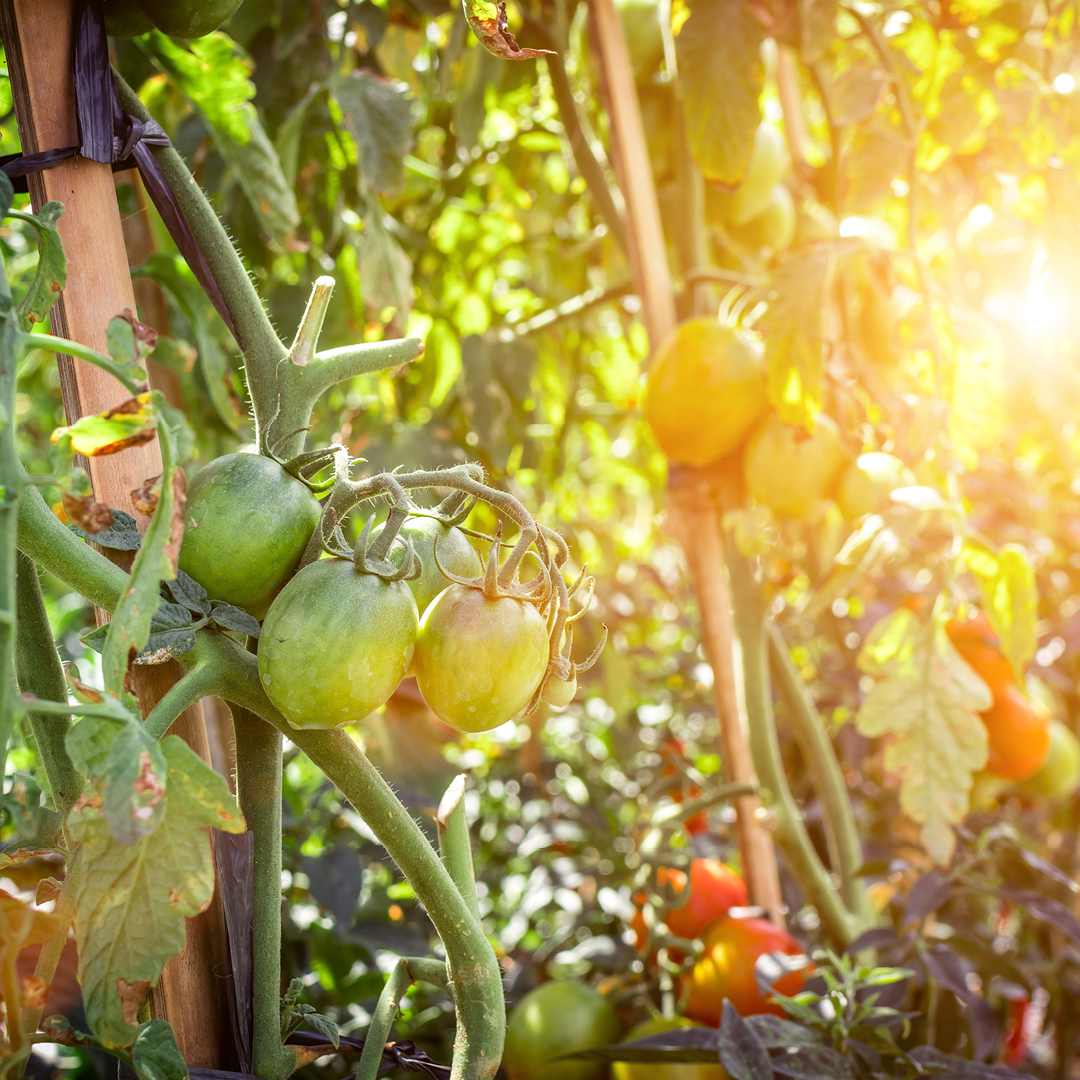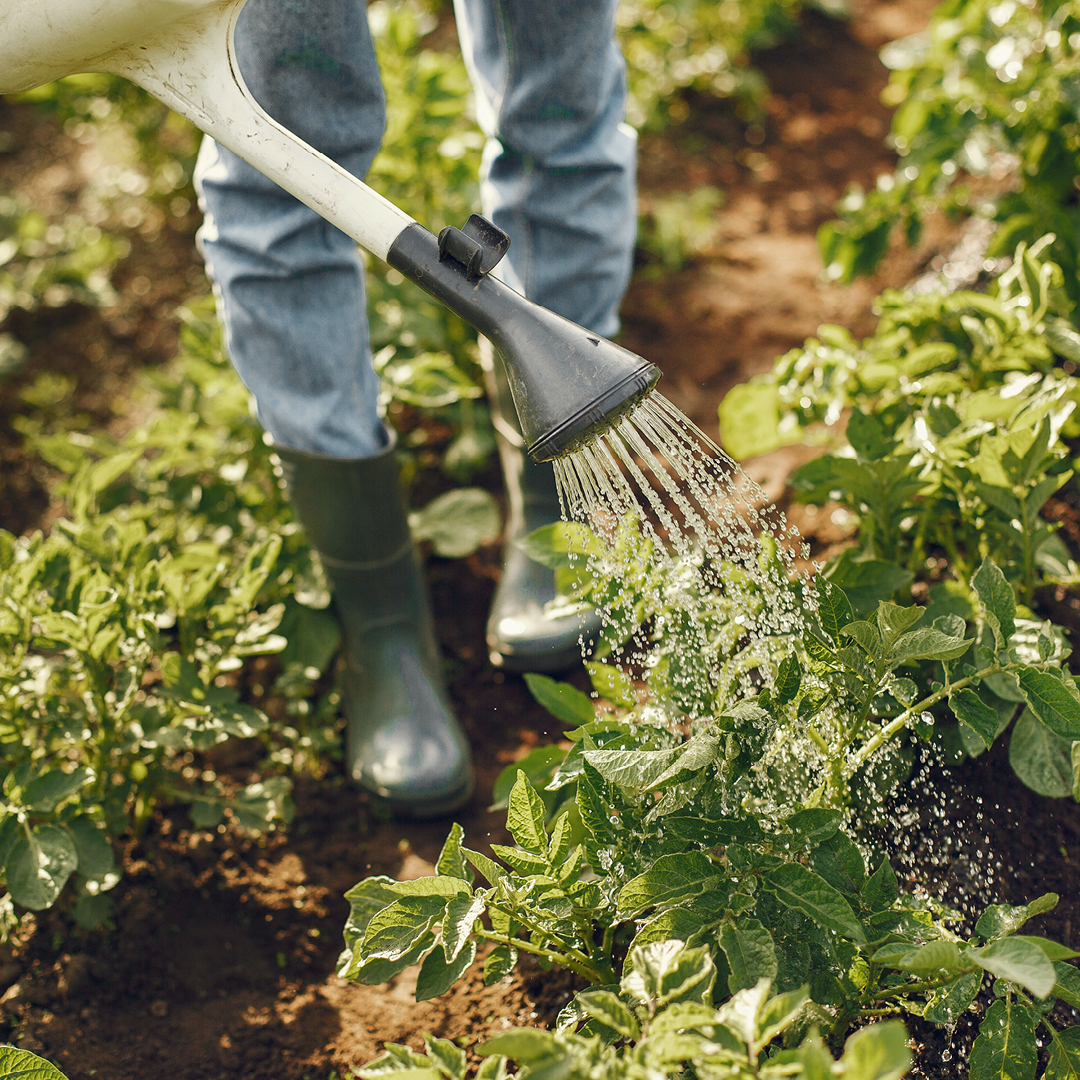Last updated in 2012, the new USDA Plant Hardiness Zone Map was released in November 2023. It reflects the changes in temperature patterns and climate zones across the United States. This updated version is a valuable tool for gardeners, landscapers, and farmers to determine the best plant and crop choices and inform the timing of planting and harvesting cycles. The new map is available at https://planthardiness.ars.usda.gov/.
What is The USDA Plant Hardiness Zone Map?
USDA Plant Hardiness Zones are a system developed by the United States Department of Agriculture to classify the climates of different regions based on their ability to support various plants. The USDA Plant Hardiness Zone map is divided into 13 zones based on average annual minimum temperatures. Each zone is then further split into subzones (a & b) based on more specific temperature ranges. Each zone has a 10-degree temperature range and a 5-degree range for each subzone (a & b). For example, Zone 1 covers areas with minimum temperatures of -60 to -50°F, while Zone 13 covers areas with minimum temperatures of 60 to 70°F. This allows users to quickly determine which plants will likely thrive in their area and which may struggle due to temperature and climate conditions. However, it’s important to note that USDA Hardiness Zones are just one factor to consider when selecting plants for a specific location. Other factors, such as soil quality, sun exposure, and moisture levels, can also significantly affect a plant’s success.
Overall, the USDA Plant Hardiness Zone Map is a valuable tool for anyone looking to grow plants in a specific area. Knowing your zone can help you select plants that are well-suited to your location and increase your chances of success in the garden or on the farm.
Climate Change and Plant Hardiness Zones
Climate change is undoubtedly one of the most pressing global issues of modern times, and understanding its impact on the environment is critical to making informed decisions about mitigating the effects. The updated USDA Plant Hardiness Zone Map is one such tool illustrating the impact of increased global temperatures on the growing patterns of plants and crops.
Over the years, the effects of climate change are gradually becoming more visible. The zones once considered too cold for growing certain crops are becoming progressively warmer, allowing farmers and gardeners to plant and raise crops that were once difficult to cultivate. Conversely, areas that were previously prime agricultural zones are becoming too warm, and traditional crops may no longer be suitable now and in the near future. The new map provides a snapshot of how these changes are unfolding across the United States.
Plant Hardiness Zones in the Future
Looking ahead, projections show that the climate will continue to warm, leading to significant shifts in the USDA Plant Hardiness Zone Map. Gardeners and farmers should expect these shifts to extend the growing season for some plants and shorten it for others. The future changes in temperature patterns and precipitation levels may also lead to significant changes in the type of crops suitable for different regions of the United States, a development that could have far-reaching economic and social implications.
In conclusion, compared to older versions, the release of the new USDA Plant Hardiness Zone Map provides clear signals regarding climate change and its effects on plant choices. The updated map is an essential tool for farmers, gardeners, and scientists to make informed decisions about the best crops to plant and the optimal planting times. By taking into account future predictions, we can plan better for the forthcoming challenges of the changing climate.




 Click here to stay informed
Click here to stay informed
